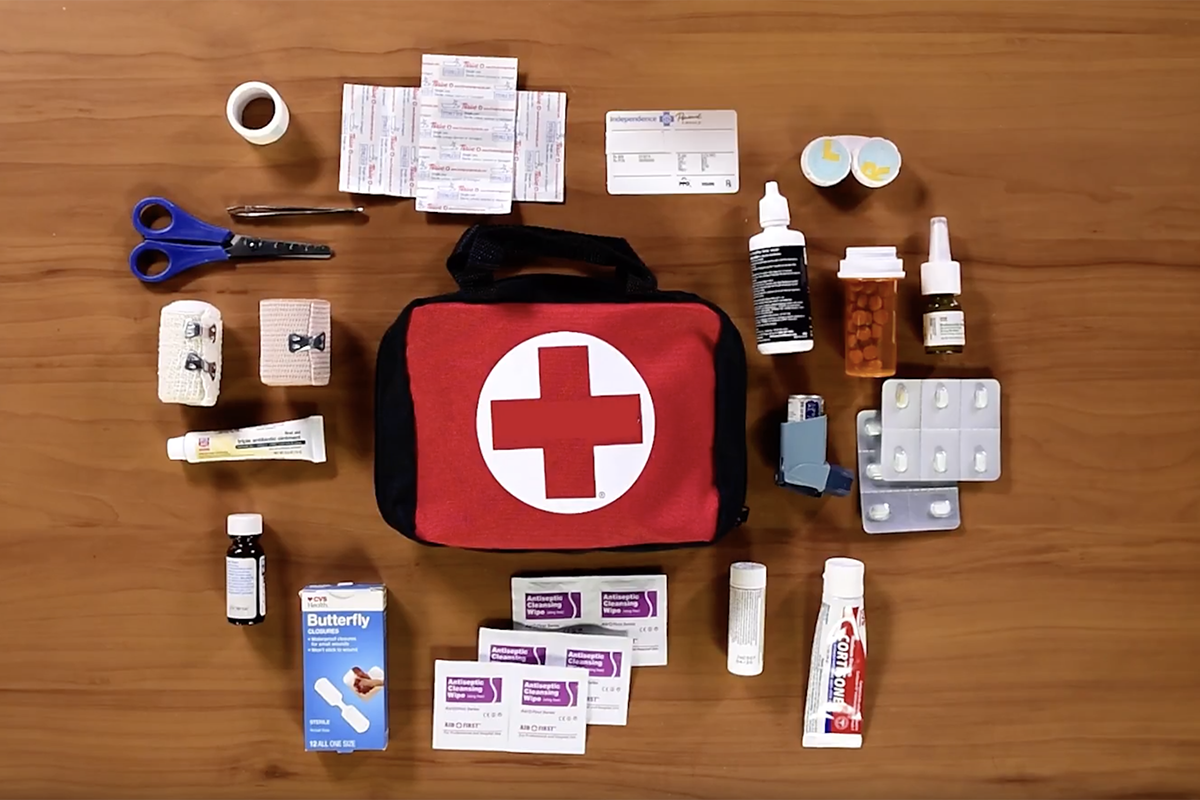First Aid Kits: Essential Tools for Safety at Home, Work, and Travel

A first aid kit is not just a collection of medical supplies—it is a vital tool for acting quickly during emergencies at home, in the workplace, or while traveling. Maintaining one is part of a broader culture of prevention strongly recommended by general medicine.
Having a well-prepared first aid kit on hand allows for rapid response to minor emergencies such as cuts, burns, or allergic reactions. This can help prevent complications while waiting for professional medical attention. Beyond immediate care, first aid kits also promote health education by strengthening knowledge of basic emergency techniques. In workplaces, they improve safety and reduce downtime. Ideally, one trained person should be assigned responsibility for using and maintaining the kit.
A properly equipped kit should include supplies for disinfection, wound care, basic instruments, protective equipment, medications (only with medical supervision), and educational guides.
Disinfection and Cleaning Supplies
Used to clean and disinfect wounds, preventing infections:
-
Medical alcohol
-
Hydrogen peroxide
-
Povidone-iodine or chlorhexidine
-
Neutral liquid soap
-
Saline solution
Wound Care Materials
Used to cover wounds, control bleeding, or immobilize limbs:
-
Sterile gauze
-
Elastic and gauze bandages
-
Adhesive dressings (band-aids)
-
Medical tape
-
Cotton
-
Triangular bandages
Basic Instruments
Facilitate safe handling of materials:
-
Digital thermometer
-
Blunt-ended scissors
-
Tweezers
-
Disposable gloves
-
Disposable syringes
Medications (only under trained supervision)
Self-medication can be dangerous. Basic medicines should only be included if someone is qualified to use them:
-
Paracetamol (for pain or fever)
-
Ibuprofen (anti-inflammatory)
-
Antihistamines (for mild allergic reactions)
Documentation and Visual Aids
Support efficient emergency response:
-
Basic first aid manual
-
Charts illustrating CPR techniques and recovery positions
-
A visible list of emergency numbers (firefighters, ambulance, local health centers)
Personal Protective Equipment
Protects the caregiver and prevents contamination:
-
Face masks
-
Bags for biological waste
Special Kits for Travel and Outdoor Activities
Travel first aid kits should be adapted to climate, environmental risks, and local diseases. In addition to the basics, consider:
-
Sunscreen and insect repellent
-
Medications for gastrointestinal issues
-
Portable antiseptics
-
Oral rehydration salts
-
Personal medication for chronic conditions
-
Destination-specific prophylaxis (e.g., for traveler’s diarrhea, malaria, or altitude sickness)
These kits should be compact, durable, and easy to carry.
Adapting Kits by Age Group
Young Children
-
Paracetamol and ibuprofen syrups
-
Liquid antihistamines
-
Fast-reading digital thermometer
Older Children
-
Pediatric-dosed chewable or tablet pain relievers
-
Smaller-sized wound dressings
Adults
-
Standard analgesics such as ibuprofen or aspirin
-
Antihistamine tablets
Older Adults
-
Regular medications for chronic conditions (hypertension, diabetes, etc.)
-
Glucometer and test strips
-
Daily pill organizer
Customizing a kit by age improves care effectiveness and reduces risks of improper medication use.
Common Mistakes When Assembling or Using a First Aid Kit
-
Including unnecessary items that take up space while neglecting essential supplies.
-
Ignoring expiration dates, which reduces effectiveness.
-
Failing to prepare for a variety of emergencies such as burns, sprains, or bleeding.
-
Improper use during emergencies, such as moving someone without assessing safety or applying incorrect CPR techniques.
-
Overlooking allergy risks when choosing products or medications.
Training and practice drills are key to reducing mistakes and improving response.
Best Practices for Maintenance and Storage
-
Review contents every six months, checking expiration dates and replacing used or damaged items.
-
Recheck after each use.
-
Store in a cool, dry, and accessible place. Avoid bathrooms or damp areas, as moisture can damage supplies.
-
Keep away from heat sources like stoves or radiators.
-
Use a sealed, portable container to maintain hygiene and portability.
A complete kit is only effective if people know how to use it. Family education is vital for responding quickly, safely, and effectively during emergencies. Teaching both children and adults about common risks and prevention fosters a culture of safety.
Everyone should be familiar with the kit’s contents and their use. Basic first aid courses and drills can help build confidence and readiness. Setting a fixed, visible storage place for the kit and reviewing it regularly are simple yet powerful preventive measures.
A first aid kit is essential for fast and effective response to unexpected situations. Its contents should be adapted to the environment and the needs of its users. Regular reviews, proper storage, and adequate training make all the difference.
For assembling a fully appropriate kit, the best practice is to consult a healthcare professional for personalized guidance.

